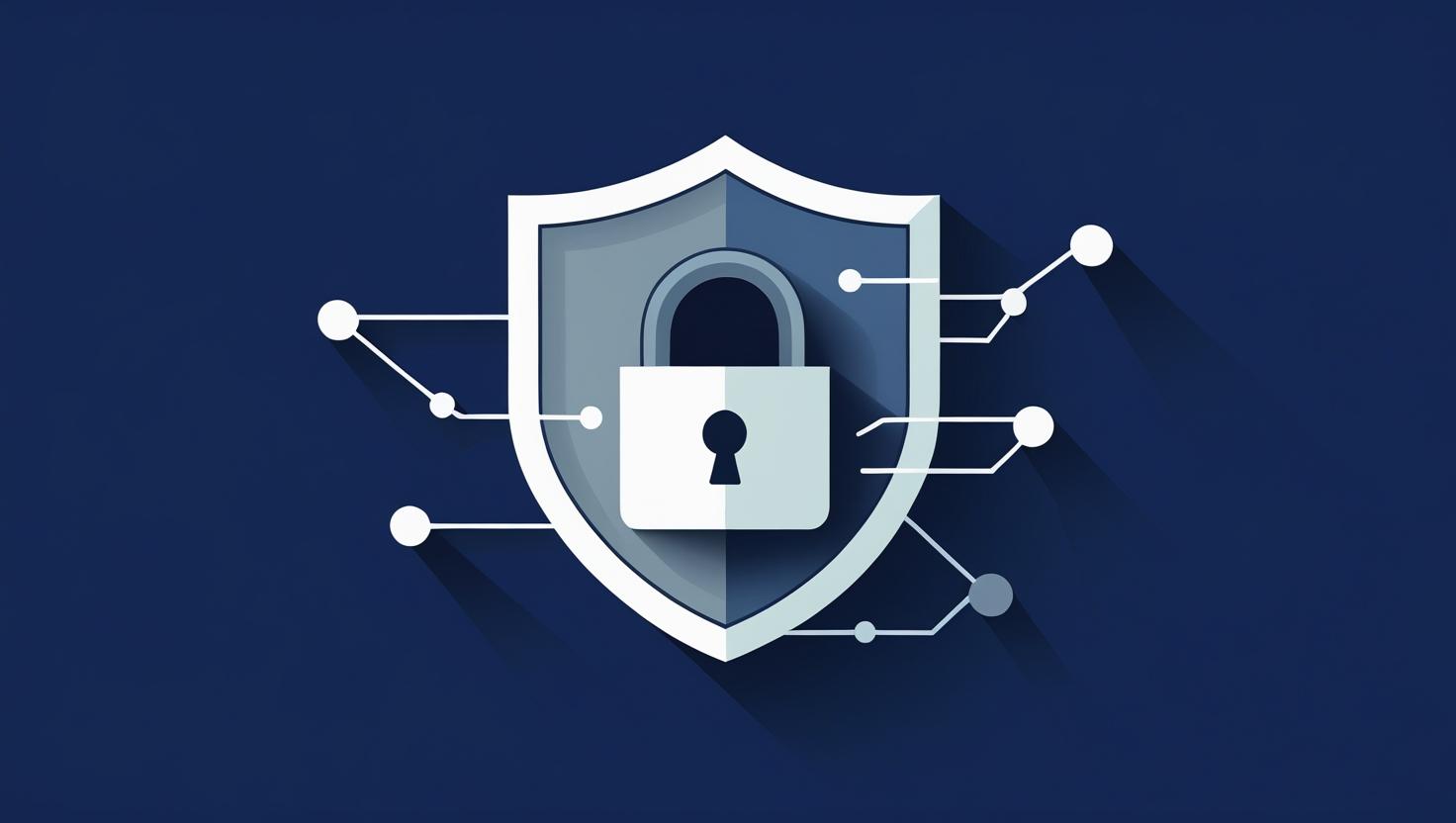


Learn how to detect and prevent data leaks in healthcare systems with practical tips, early warning signs, and key security measures.
Data is the lifeblood of modern healthcare. From electronic health records (EHRs) to lab reports and insurance claims, healthcare systems handle vast amounts of sensitive personal information. But with this data comes a major responsibility, and a growing threat: data leaks.
In this guide, we’ll explore how data leaks happen in healthcare, signs to watch for, and what steps organizations can take to detect and stop them before damage is done.
Healthcare data is extremely valuable on the black market. Unlike credit card details, which can be quickly changed, personal health information (PHI) includes permanent data like medical histories, Social Security numbers, and even biometric data. These records can sell for hundreds of dollars and are often used in long-term fraud schemes.
Cybercriminals know this. That’s why healthcare organizations are among the most targeted industries for data breaches.
Data leaks in healthcare can happen through a variety of channels—some malicious, some accidental. Here are the most common causes:
Whether intentional or not, insiders (staff, contractors, etc.) are responsible for a large portion of healthcare data leaks. This includes unauthorized access, misuse, or negligent handling of patient data.
Lost or stolen laptops, mobile devices, and USB drives without encryption are a major security risk.
When too many users have broad access to sensitive data, it becomes harder to track and control how information flows.
Hackers often trick staff into revealing login credentials, which can then be used to access patient data.
Legacy software that lacks proper updates or patches can be exploited through known vulnerabilities.
Healthcare systems don’t always know when a data leak is occurring; sometimes, it takes months to detect. Here are some warning signs that shouldn’t be ignored:
Here are practical steps to help spot data leakage before it turns into a full-blown breach:
DLP software can automatically detect and block unauthorized sharing of sensitive data. It helps monitor who is accessing what and flags suspicious activity in real time.
Every access and action involving patient data should be logged. These logs can help trace leaks back to the source.
Advanced tools use machine learning to detect unusual behavior patterns, like an employee suddenly accessing hundreds of records.
Limit access to sensitive data strictly to those who need it for their role. This reduces the attack surface.
Detection is only half the battle. Here’s how healthcare organizations can reduce their risk and respond effectively:
Train staff to recognize phishing, avoid unsafe practices, and understand their responsibility in protecting patient data.
Whether in transit or at rest, data should be encrypted to prevent exposure even if systems are compromised.
Frequent security audits and penetration tests can uncover weak points before attackers do.
Have a clear response plan in place for when a data leak is detected. This should include containment, notification, investigation, and mitigation steps.
Make sure all software, including EHR systems, firewalls, and antivirus tools, are up to date.
Many healthcare providers lack the internal resources or expertise to build robust security programs on their own. This is where cybersecurity consulting services can help.
From evaluating your current infrastructure to implementing DLP tools and creating employee training programs, cybersecurity consultants bring in specialized knowledge to strengthen defenses and close the gaps that lead to data leaks.
Data leaks in healthcare aren’t just an IT issue; they’re a patient trust issue. Spotting and stopping data leakage requires a combination of awareness, technology, and proactive security practices.
As healthcare continues to go digital, protecting patient information should remain a top priority for everyone in the organization, from executives to clinicians to IT staff.
